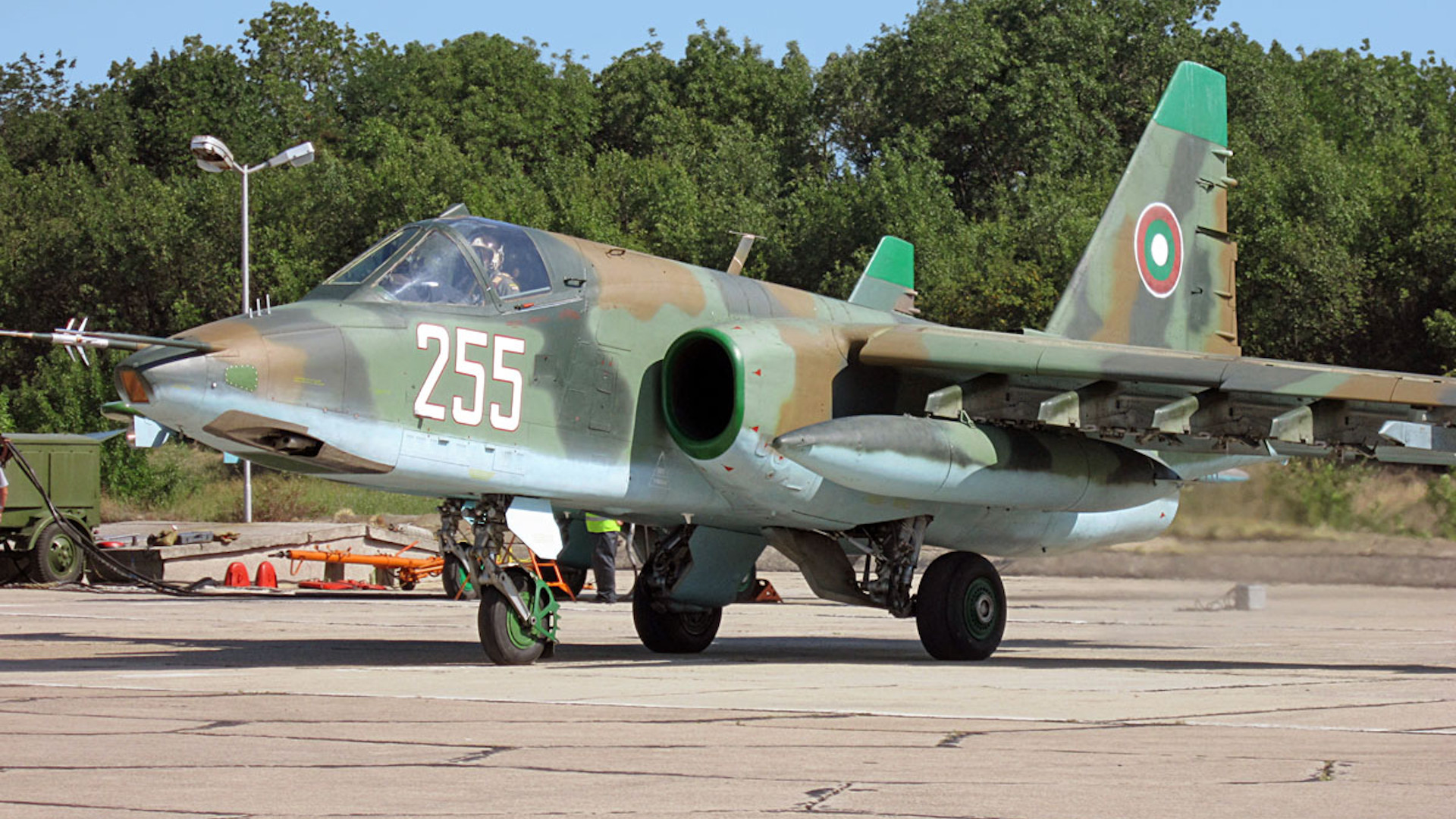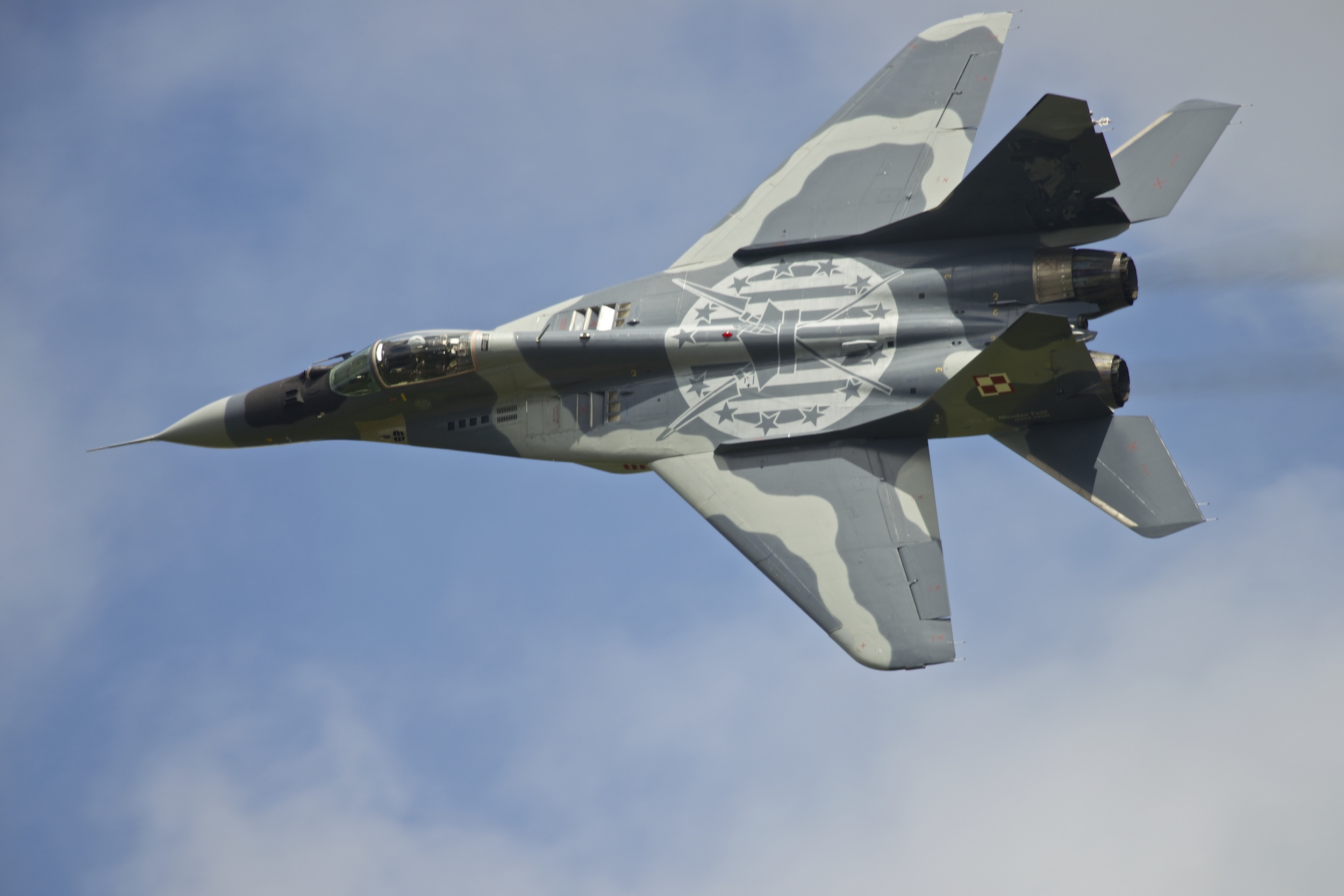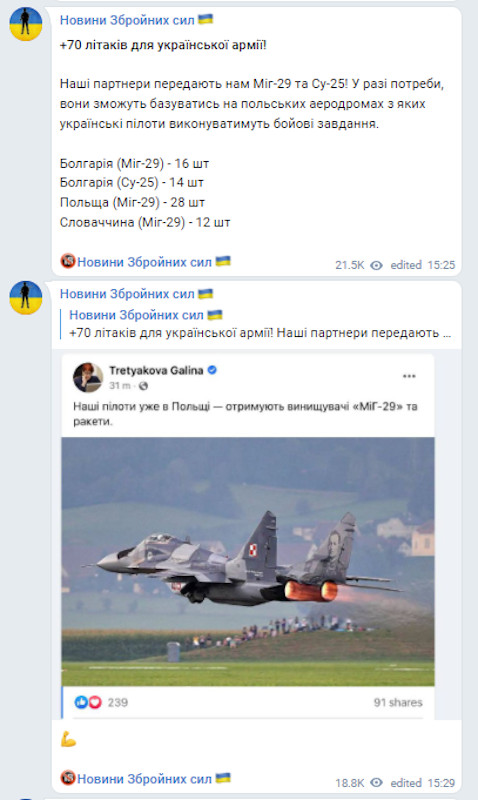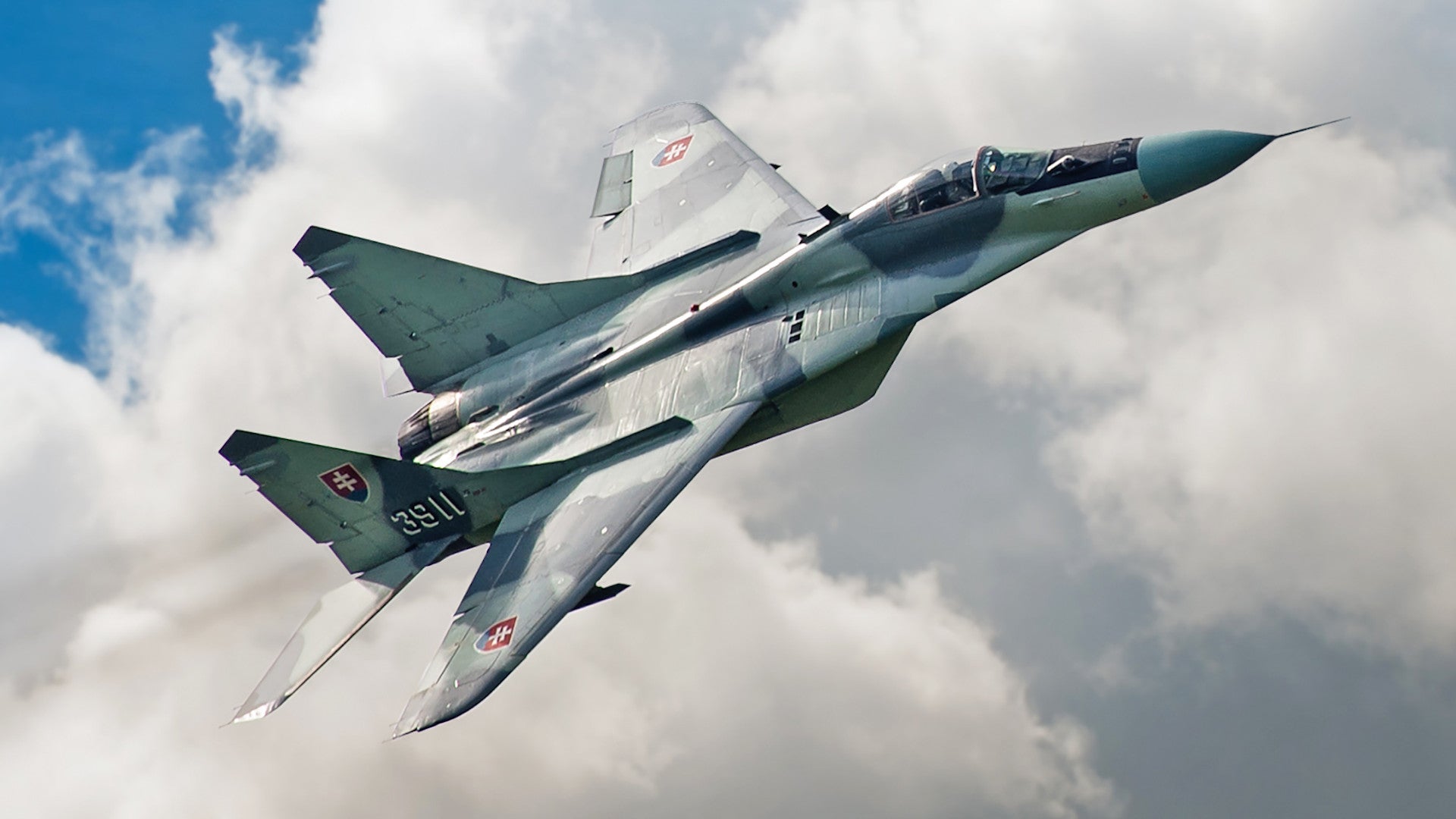Social media, including official accounts associated with Ukrainian lawmakers, is absolutely aflutter with claims that multiple countries in Europe are about to send 70 soviet-era combat jets to bolster the country’s capabilities in the face of a now six-day-old Russian invasion. Some also say that Ukrainian pilots are in Poland right now supporting the impending transfer of some of the aircraft. While the European Union has said it is working to provide more fighter aircraft for Ukraine, among other weapons and materiel, the big numbers and tiny timetables some are claiming just don’t add up
To rewind quickly, yesterday, Josep Borrell, a Spanish politician who is currently the High Representative of the European Union for Foreign Affairs and Security Policy and as Vice-President of the European Commission, announced that “fighter jets” would be part of a large military aid package the bloc was putting together for Ukraine. He implied that these aircraft would be types that Ukraine already operates to help get them into combat faster. This narrowed the most likely options down to MiG-29 Fulcrum fighters from Poland, Slovakia, and Bulgaria, as well as Su-25 Frogfoot ground-attack aircraft from the latter country. You can read more about all of this in The War Zone‘s initial reporting on this story here.

This evening, Politico
published a report, citing a single unnamed Ukrainian government official, saying that Ukrainian pilots are in Poland right now as part of this deal. This followed a Facebook post with similar information from Galina Tretyakova, a member of the country’s parliament, or Rada, who belongs to the Servant of the People party.
Politico also pointed out that the Rada’s official Ukrainian-language Twitter account had posted about the impending arrival of 70 jets from Poland, Slovakia, and Bulgaria. The Tweet in question said that these aircraft would be a mix of MiG-29s and Su-25s, as expected. There is no companion Tweet on Rada’s English-language account.
There are a number of immediate issues with all of this. For one, a European Union spokesperson walked back Borrell’s comments earlier today in a statement to Politico. They made it clear that any such “fighter jet” transfers to Ukraine had not yet been approved and would have to go through the countries in question.
That would not necessarily preclude the Polish government from having moved ahead on its own with such a plan. At the same time, Galina, who never provided any details to substantiate her claims, appears to have now deleted her Facebook post. There might be a possibility that this post could have been taken down at the direction of the Ukrainian government for operational security or political reasons. Who knows if Polish authorities are keen to actively publicize sending MiG-29s to go fight Russian forces, even if they’d be flown by Ukrainian pilots.
“Representatives from the Polish and Slovakian governments did not immediately respond to a request for comment,” according to Politico report today.
At the same time, earlier in the day, POLITICO Europe’s Hans von der Burchard tweeted out that it was his understanding that the Polish government had declined to be part of this proposed arrangement. Even after his outlet’s U.S.-based parent publication put out its story tonight, he stressed that officials in Warsaw had not confirmed this.
In addition, von der Burchard had reported that the Bulgarian government had rejected the idea of sending combat jets to Ukraine outright, citing a spokesperson for the country’s Prime Minister Kiril Petkov. That immediately also calls into question the related reports that 70 aircraft are set to be delivered to the Ukrainian Air Force in total.
That 70 aircraft figure was already questionable given that it would amount to all of the operational MiG-29s and Su-25s across Poland, Slovakia, and Bulgaria. That’s actually more than the total number of planes those countries have available, as The War Zone‘s own Thomas Newdick pointed out. One of the Bulgarian Air Force’s MiG-29s crashed into the Black Sea last year, but that loss does not appear to be accounted for in this total.
The 70 aircraft figure is highly dubious regardless. It would, as Steve Trimble, Aviation Week‘s Defense Editor and good friend of The War Zone, pointed out on Twitter, amount “basically taking Bulgaria’s and Slovakia’s entire air force.” The Bulgarian and Slovak Air Forces have no other combat jets in their inventories. This would also reflect a not-insignificant amount of the Polish Air Force’s current aerial combat capacity, with its nearly 30 MiG-29s still flying alongside almost 50 F-16C/D Vipers of various blocks.
All three of these Air Forces are in the process of acquiring replacements for the jets in question, as we explained in our initial report on this topic, but they are still years away from replacing these fleets entirely. This would therefore leave the Bulgarian and Slovak militaries with no organic way to defend their own airspace in the interim, and reduce the Polish military’s ability to do the same. This is especially outlandish considering the threat Russia has now proven itself to pose to these countries. There could be ways to mitigate such a significant loss of capacity, but it would make much more sense to send smaller numbers of jets, which would also just be easier to transfer in short order to Ukraine.
There was a separate question from the very beginning about whether there could be a need to remove NATO-sensitive equipment for these aircraft before delivery, and what hurdles that might produce as a result. It might possible to regenerate older, less capable jets that could still be in storage, but this would take much more time.

It’s not even clear where that 70 jet total came from in the first place. The link attached to the Tweet from the Rada goes to a Ukrainian-language channel on the Telegram social network that is called “Armed Forces News UA,” but that does not appear to be official. As the “No One Under Eighteen” emoji makes clear, the feed includes content that is very much “not safe for work.”
The Armed Forces News UA Telegram channel’s own post on the 70 jets has no sourcing and links back to the main channel. Another one right after it includes a screenshot of Galina’s now-deleted Facebook post, which also did not include any specific mention of how many jets the Ukrainian Air Force might be looking to receive.

A story today from Segodnya, a Russian-language tabloid newspaper in Ukraine, attributed the 70-jet figure to Oleksiy Honcharenko (Alexei Goncharenko) another member of the Rada from the European Solidarity party.
“Our partners are handing us MiG-29s and Su-25s!,” Honcharenko reportedly said, according to Segodnya. “If necessary, they will be able to be based on Polish airfields, from which Ukrainian pilots will perform combat missions.”
There’s nothing to substantiate Honcharenko’s statement here about Ukrainian jets being based at Polish airfielids, either. That would make Poland a party in the conflict, which would almost certainly embroil the rest of NATO in it, something the alliance has made clear it is doing everything it can to avoid.
“If one ‘Ghost of Kiev [Kyiv]’ has already shot down 14 enemies, can you imagine what a team of 70 will do with the enemy army?” he apparently continued, referring to a purported Ukrainian super ace who is more likely than not an urban legend, something you can read more about here. “Friends, victory itself is requested of us!”
It’s also worth remembering that Alexandre Krauss, a policy advisor to members Renew Europe, a “pro-European political group in the European Parliament,” wrote on Twitter last night that some of these purported jets would be “flying in Ukraine [sic] skies within the hour.” He has since deleted that Tweet.
There is always a possibility that some of these reports will turn out to be true, at least in part. At the same time, so far, much of what has been said about these aircraft looks more likely to be a product of Ukrainians eager to see support come from abroad as the country continues to resist against its much larger neighbor. In a similar way, the promise of practically an entirely new, European-supplied air force has propaganda and morale-boosting qualities, just like the Ghost of Kyiv.
All told, it very much still remains to be seen what, if any, combat jets the Ukrainian Air Force will ultimately receive from countries in Europe as the conflict winds on.
Contact the author: joe@thedrive.com
